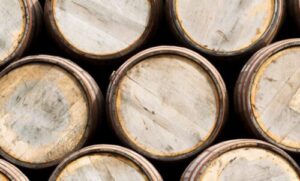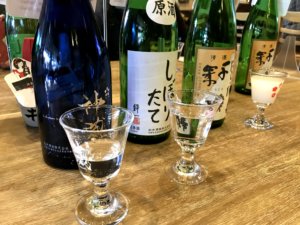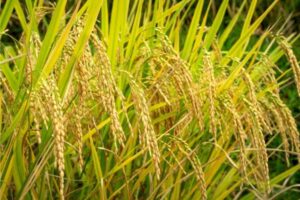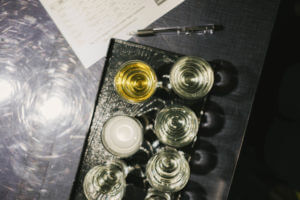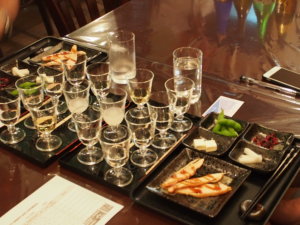Into the Deeper World of Aged Sake
Last time we have talked about some basic stuff about aged sake, such as aging methods and changes of taste. But what kind of containers do they usually use when they age sake? Let’s take a glimpse of it today.
In the past, lots of breweries used wooden tanks to age sake, especially cedar tanks or cedar barrels. When stored in cedar tanks or barrels, the scent of cedar trees is absorbed by sake, so that people can enjoy the unique wooden freshness when drinking. Among the ingredients they use to make cedar tanks or barrels, Yoshino cedar -from Nara prefecture- is especially famous and often used.
By the way, lots of [sugidama (cedar balls)] are also made from Yoshino cedar.
As Time Went By
However, wooden tanks were not really clean, as a result, sake often spoiled. Therefore, nowadays more and more breweries turn to use metal tanks, such as steel tanks and enamel tanks. No extra cedar taste is involved anymore, but sake has become more stable than before. But if you still want some extra flavor added, you can put some wooden sticks, which are specially produced for sake flavor adding, inside the bottle a couple of days before you start drinking. By the way, my master has tried to do this some times and has had some unique and enjoyable drinking experiences until now.
Besides, sake can also be aged after it’s been bottled. The advantage of storing in a bottle is that the risk of oxidation is lower due to less contact with air compared to tank storage. Also, this means we can age sakes easily by ourselves, just by buying some bottles then forgetting them on the shelf for decades…
Besides these containers, some breweries also use some tanks that have been used to age wine or whisky to age sake, which are what I am really curious about…
During Meiji period, a policy was launched by the government that sake would be taxed since the starting day of aging. It means that the longer sake is aged, the more tax breweries have to pay, the more expensive aged sake is, the less people consume. Therefore, lots of breweries quitted aging sake since that. But from 1950s, the policy was abolished, aging culture has revived. Although aging sakes are still not very popular nowadays, an increasing number of breweries have become willing to try to do that, with different methods, with various containers…
Make a Visit to Sake District in Kyoto
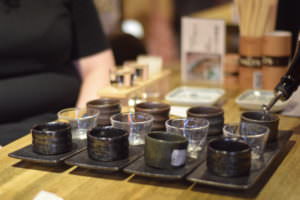
Kyoto is one of the big sake producing area in Japan. In Kyoto there’s lots of sake breweries that you can visit.
At the sake experience you can learn the traditional sake making process that has been running for many years.
In the autumn ~ winter season, you also might be able to see the sight of the sake making process.
Not only learning about the secrets of the sake making process, there are some breweries that you can taste the sakes that are made in the brewery. Why don’t you visit Kyoto’s sake breweries and enjoy sake to the fullest?
If you visit Kyoto, there’s lots of experiences that you can do. Why don’t you join these experience and definitely it will be a great time to spend.
And…
If you have interest in sake tour, or in order to enjoy your trip to Japan more, don’t forget to join our tour Kyoto Insider Sake Experience. You will discover more local sakes and learn differences of categories to find your favourite bottle!

